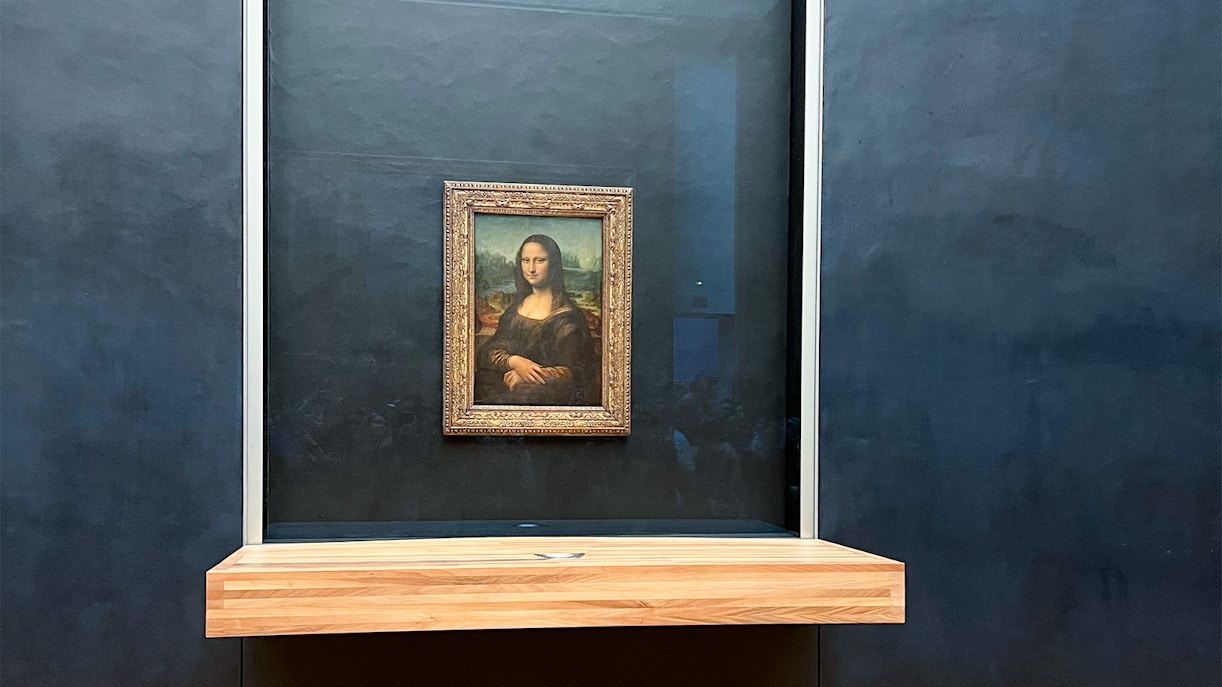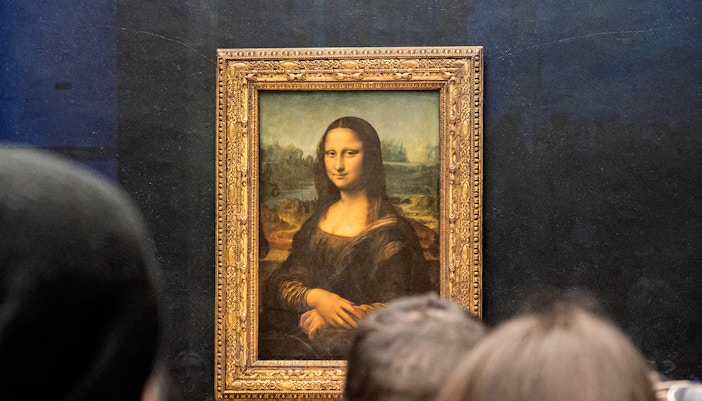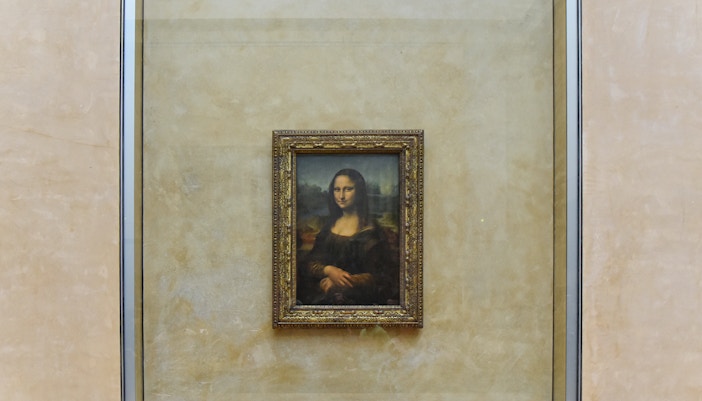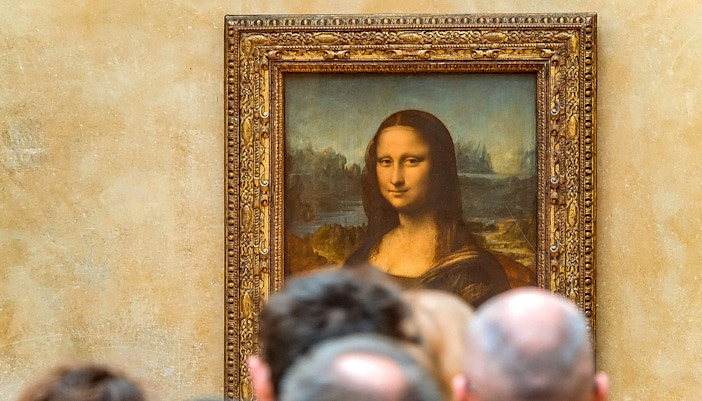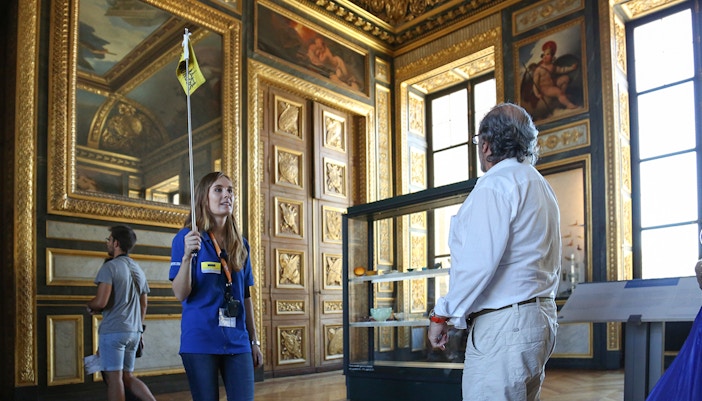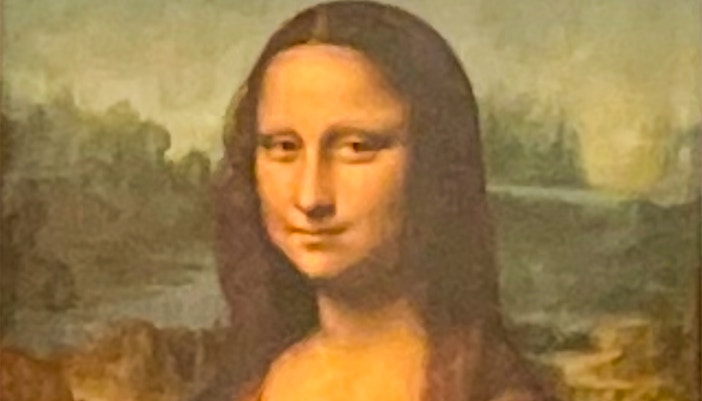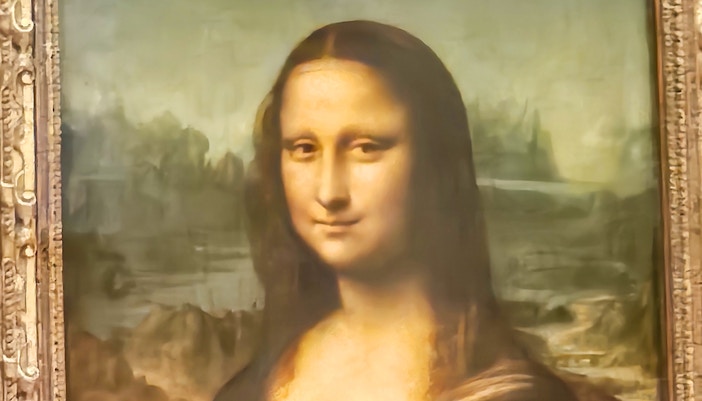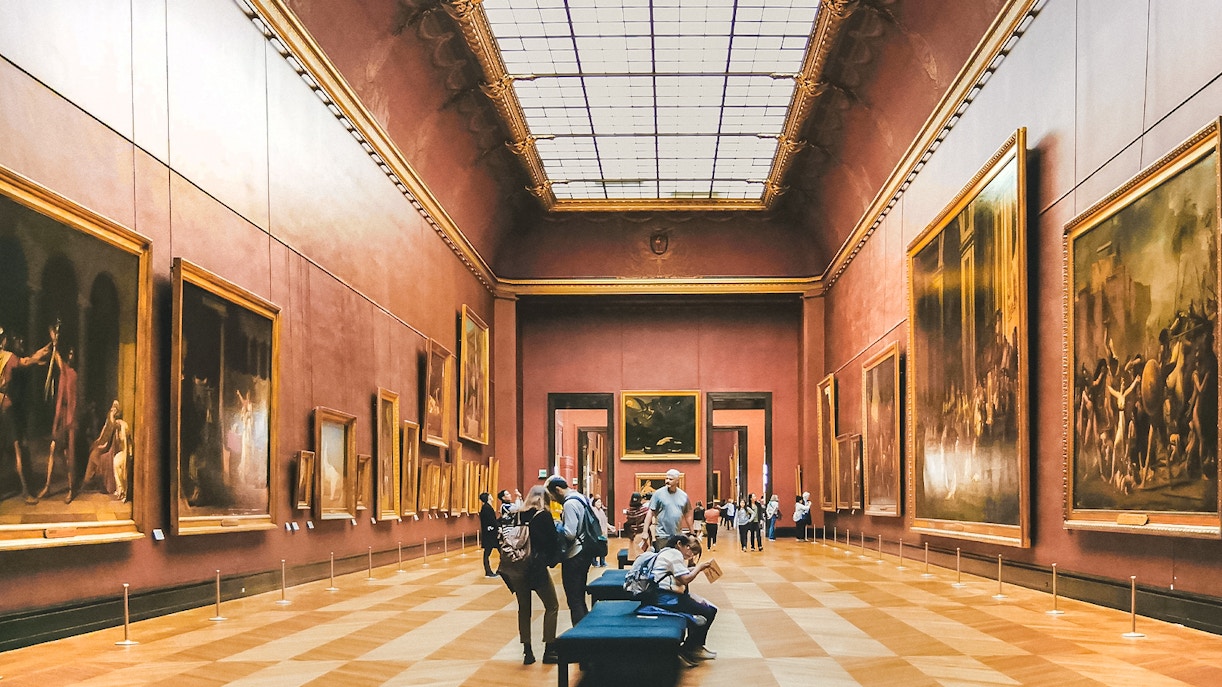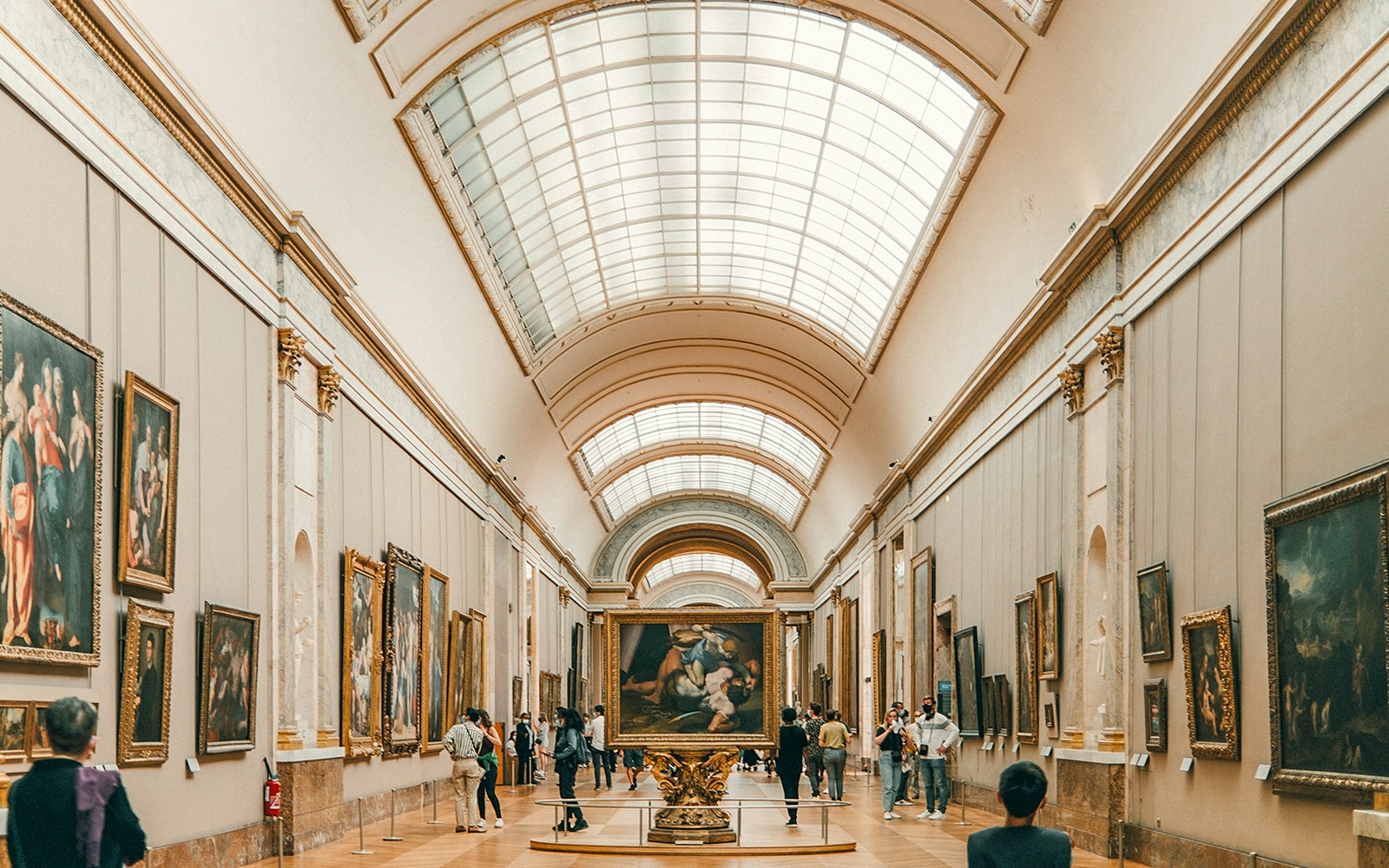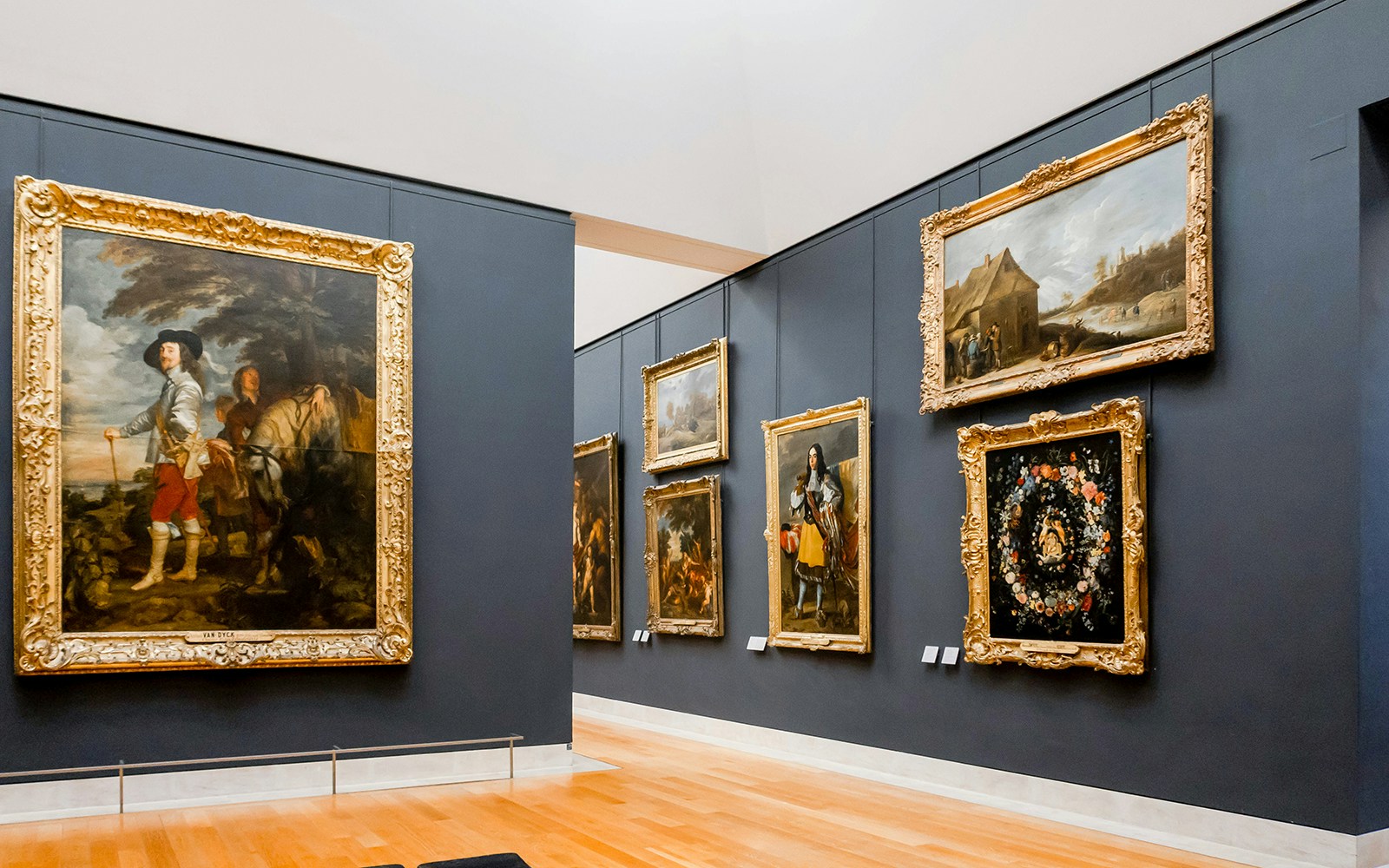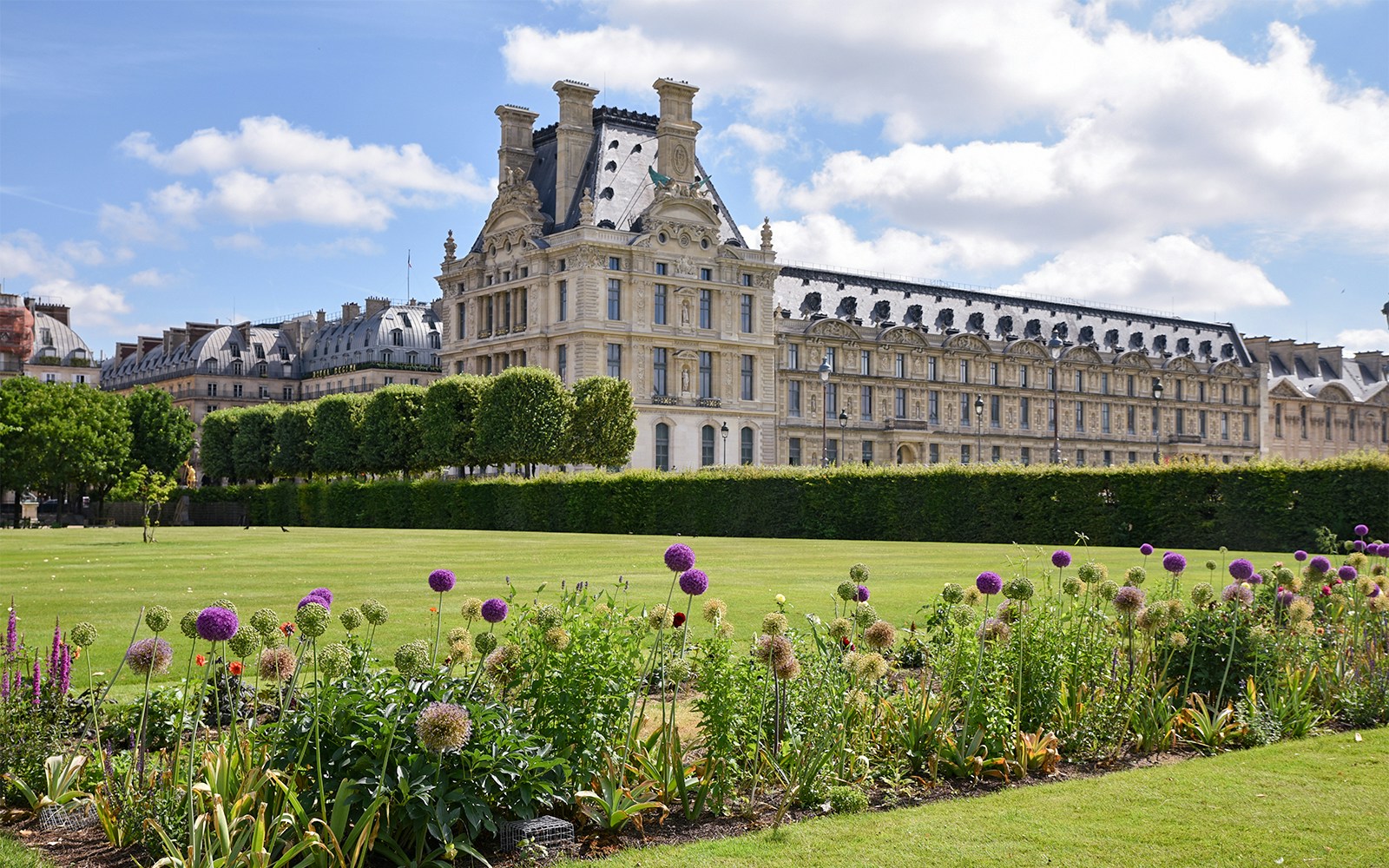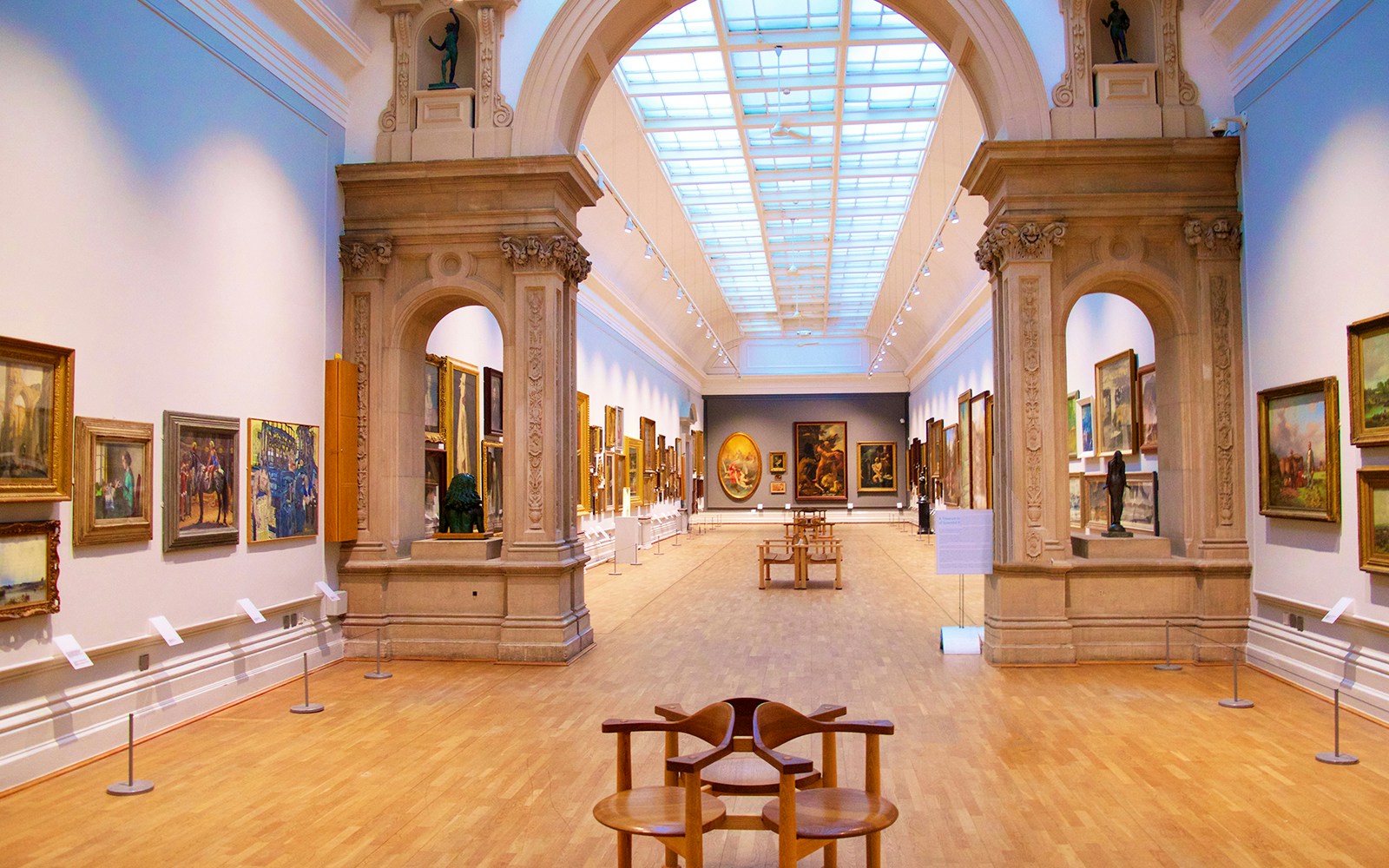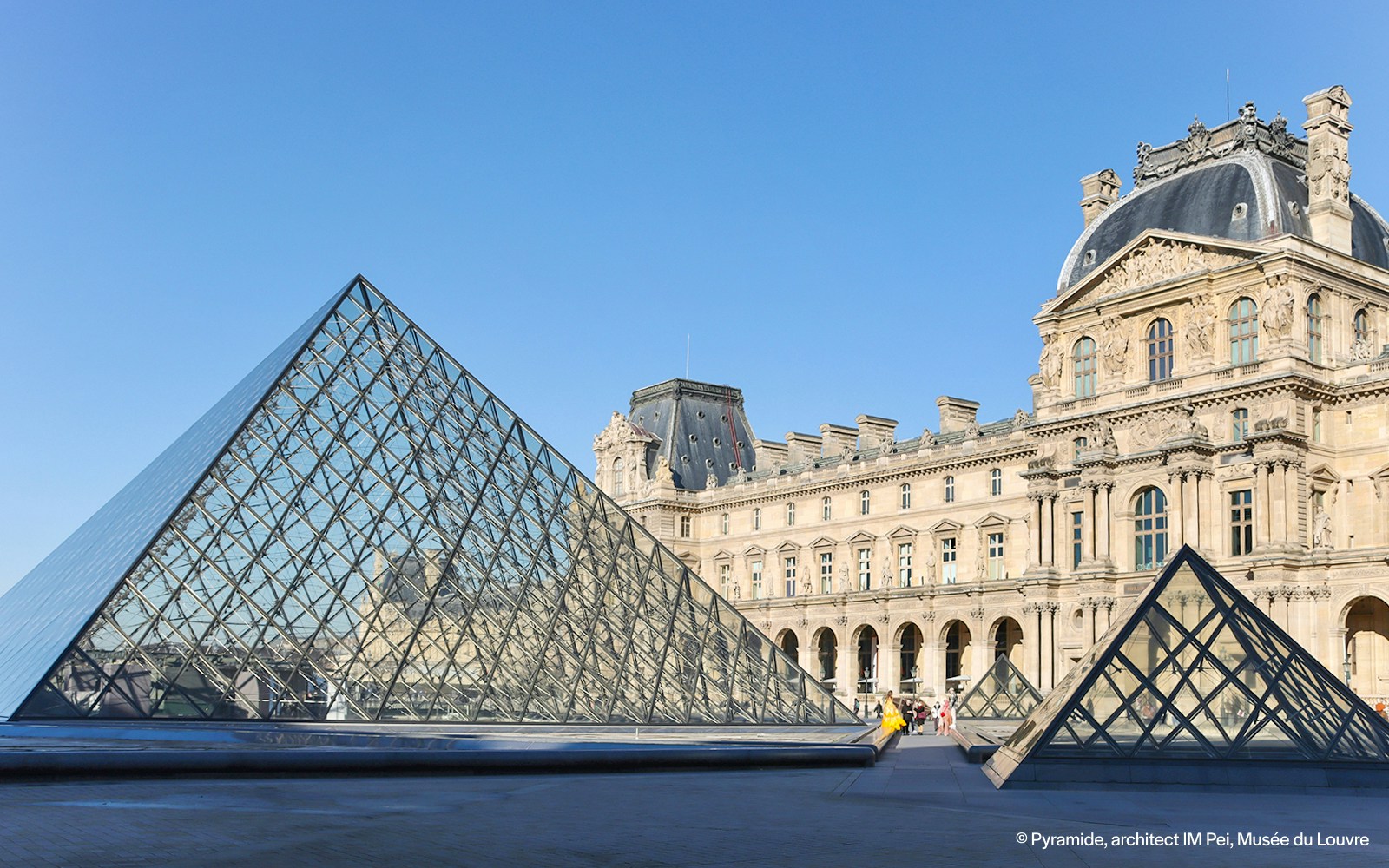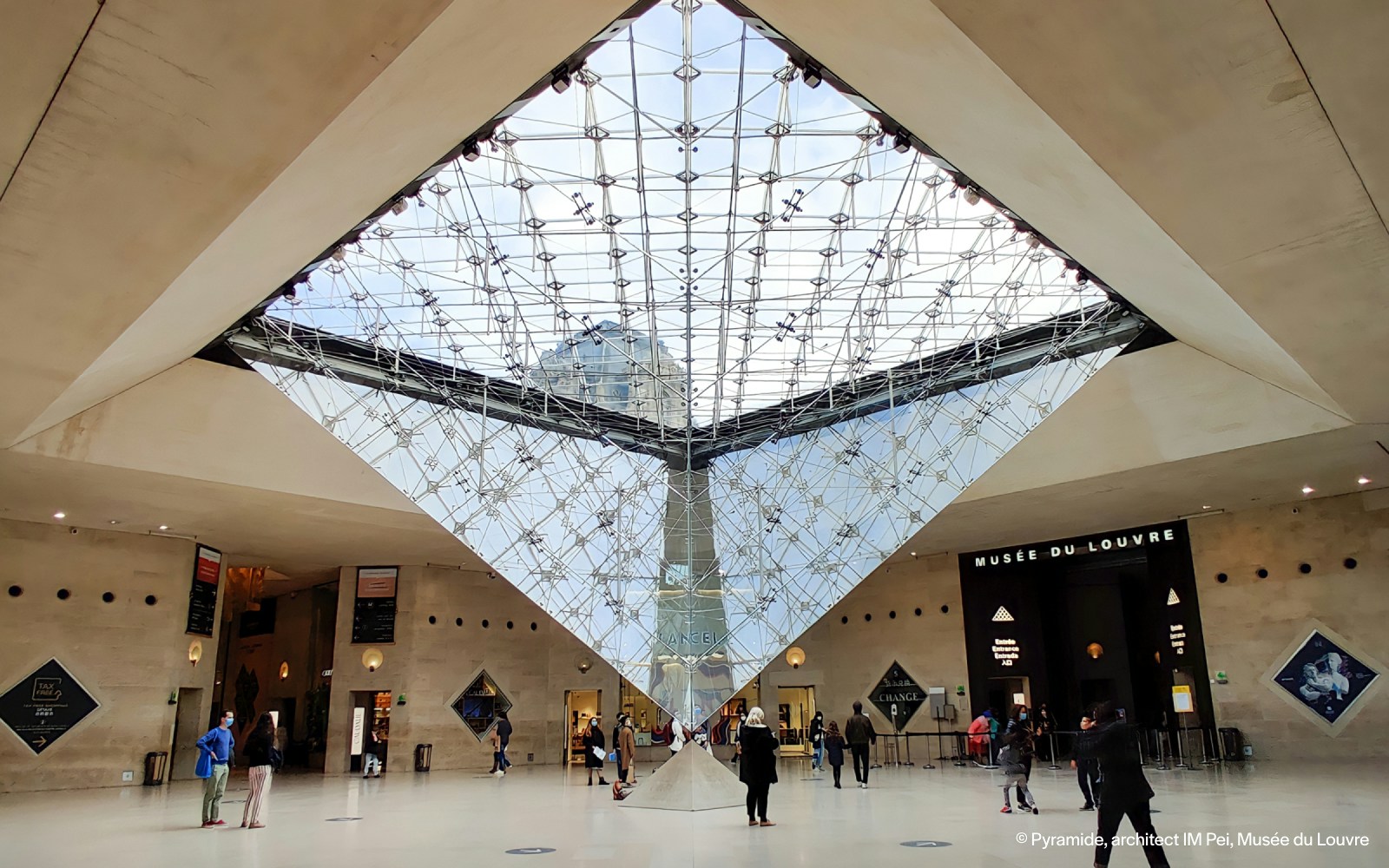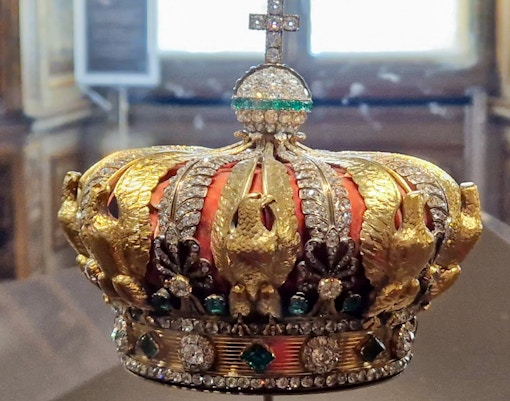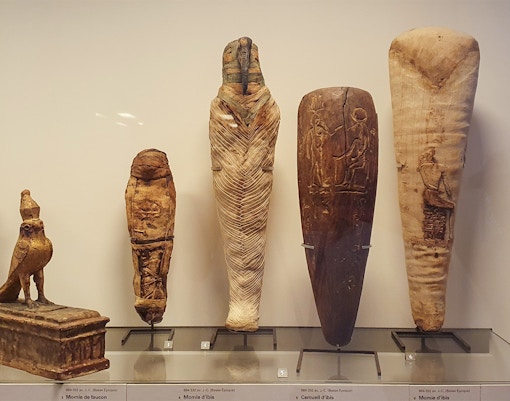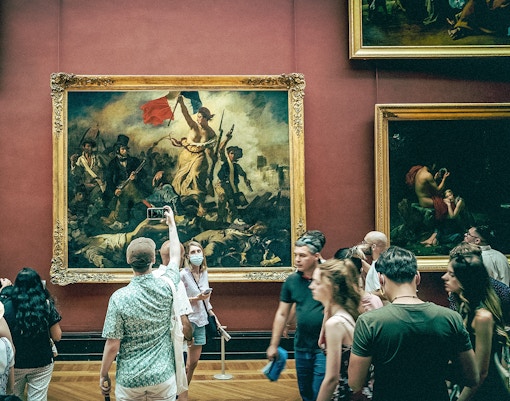Artist: Leonardo da Vinci
Date: Around 1503–1506, though some scholars believe he may have continued working on it until around 1517.
Medium: Oil on poplar wood panel
Dimensions: 77 cm × 53 cm (30 in × 21 in)
Location: The Louvre Museum, Paris, in the Denon Wing
Facts:
- The Mona Lisa is worth about $870 million and is currently the most expensive painting in the world.
- There are many conspiracy theories about the painting, including one that claims Da Vinci painted two versions of the Mona Lisa to cover up an illegitimate pregnancy.
- French Emperor Napoleon hung the painting of the Mona Lisa in his bedroom for about four years in the 1800s.
- There is a French heritage law that prohibits the painting from being bought or sold.
